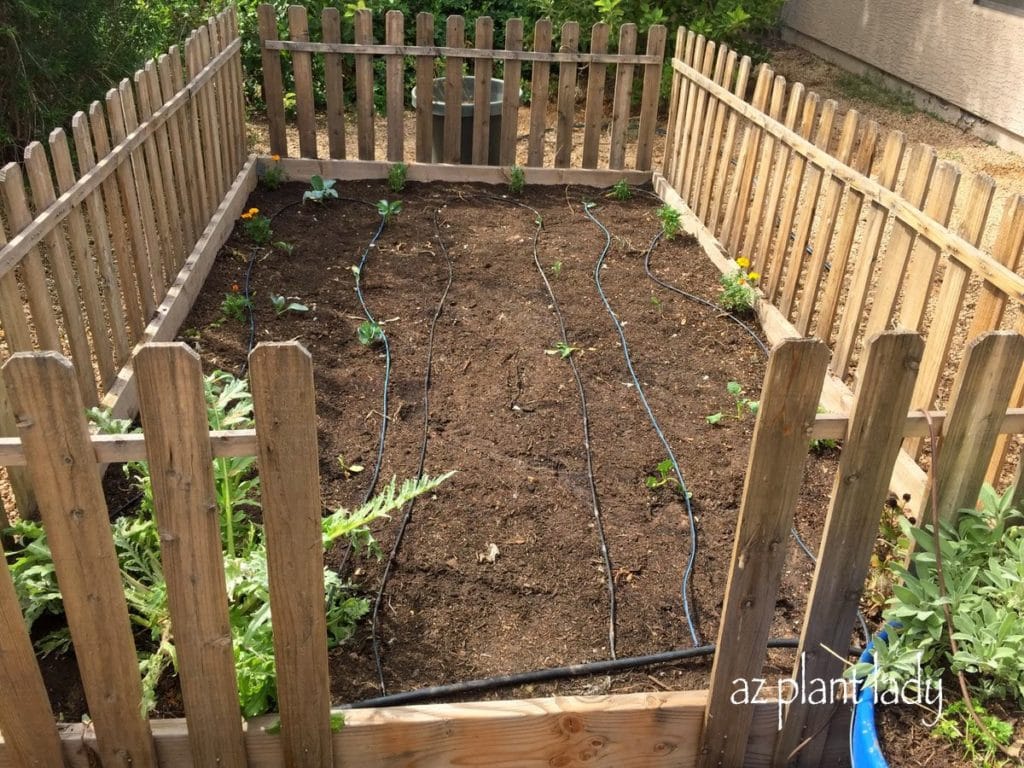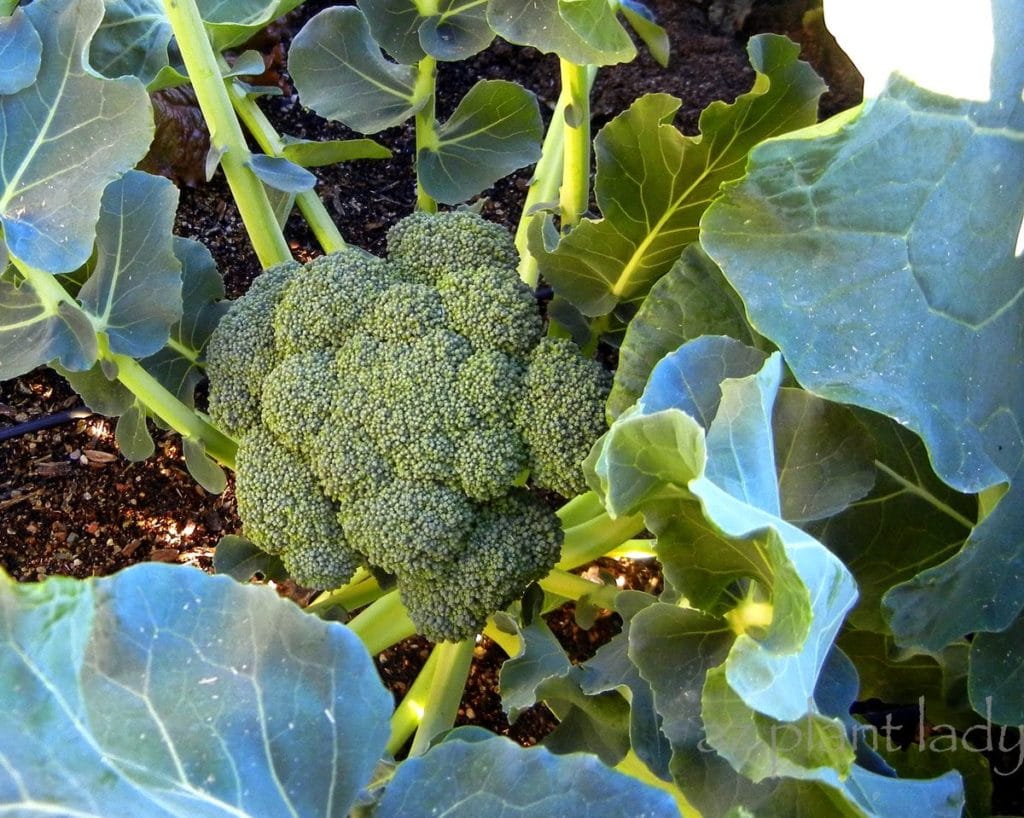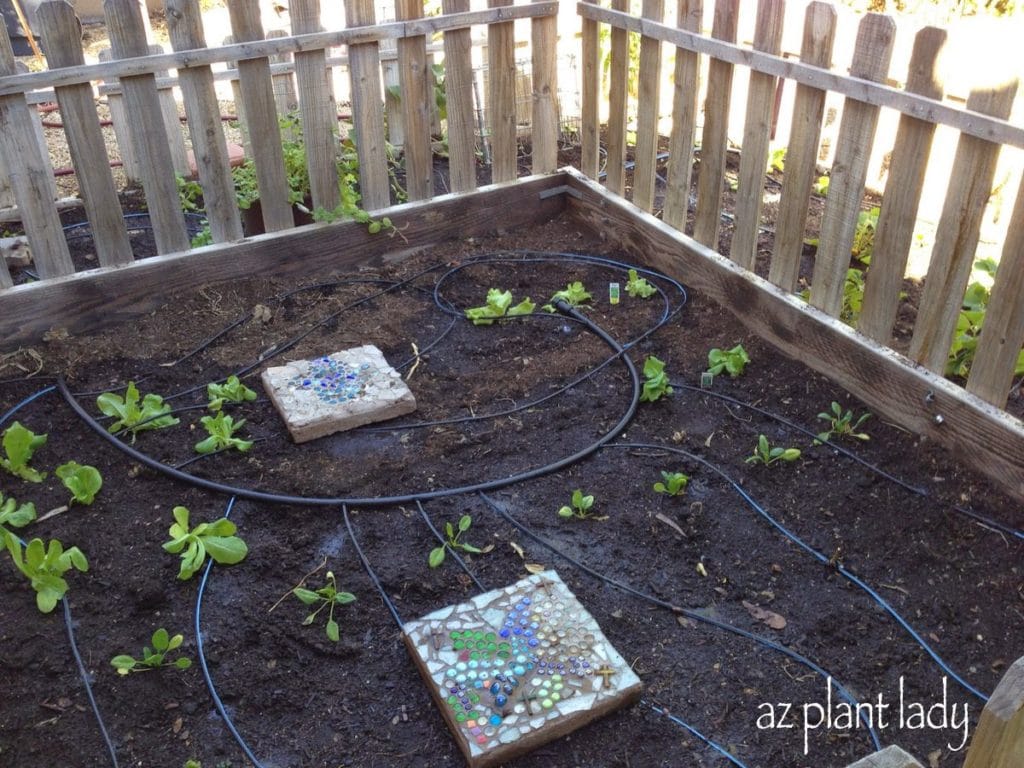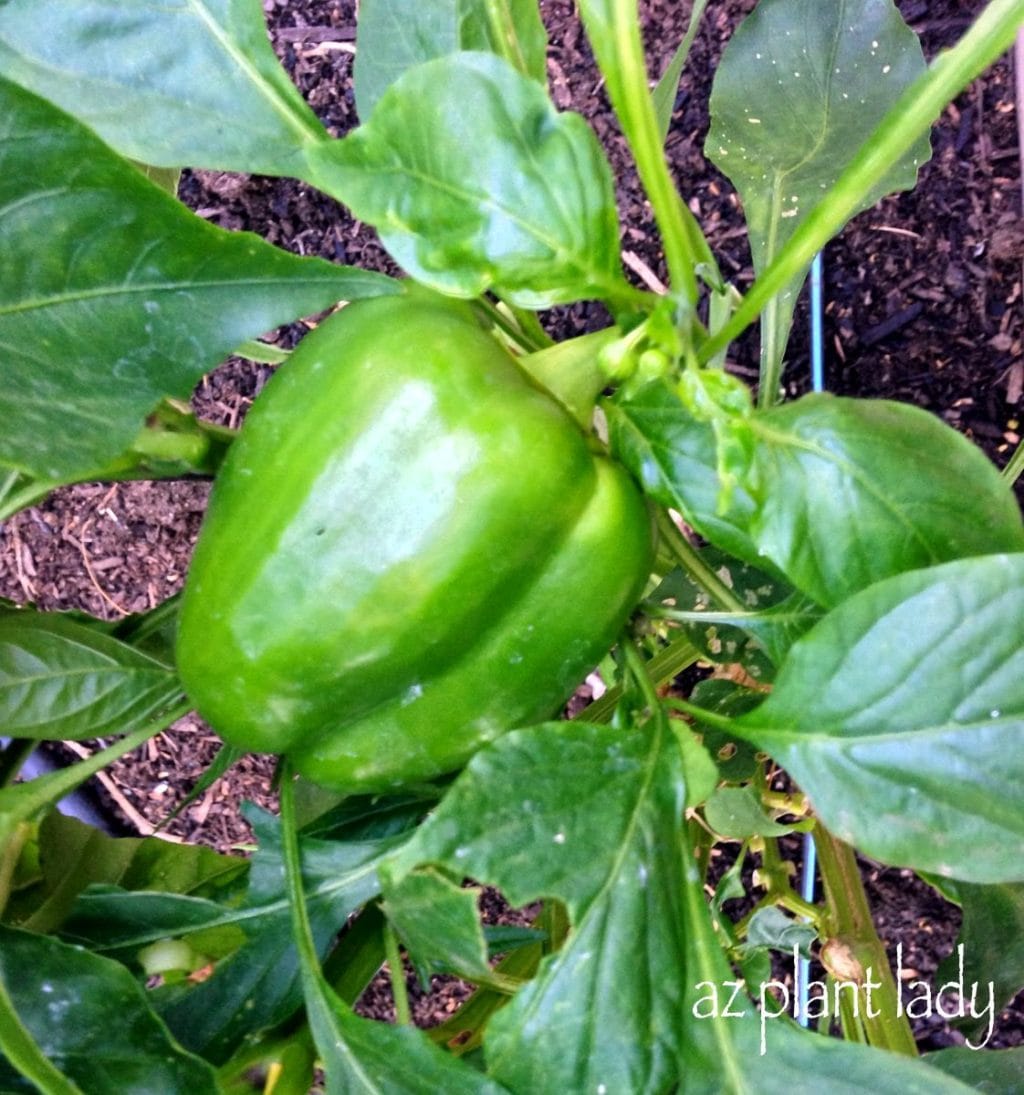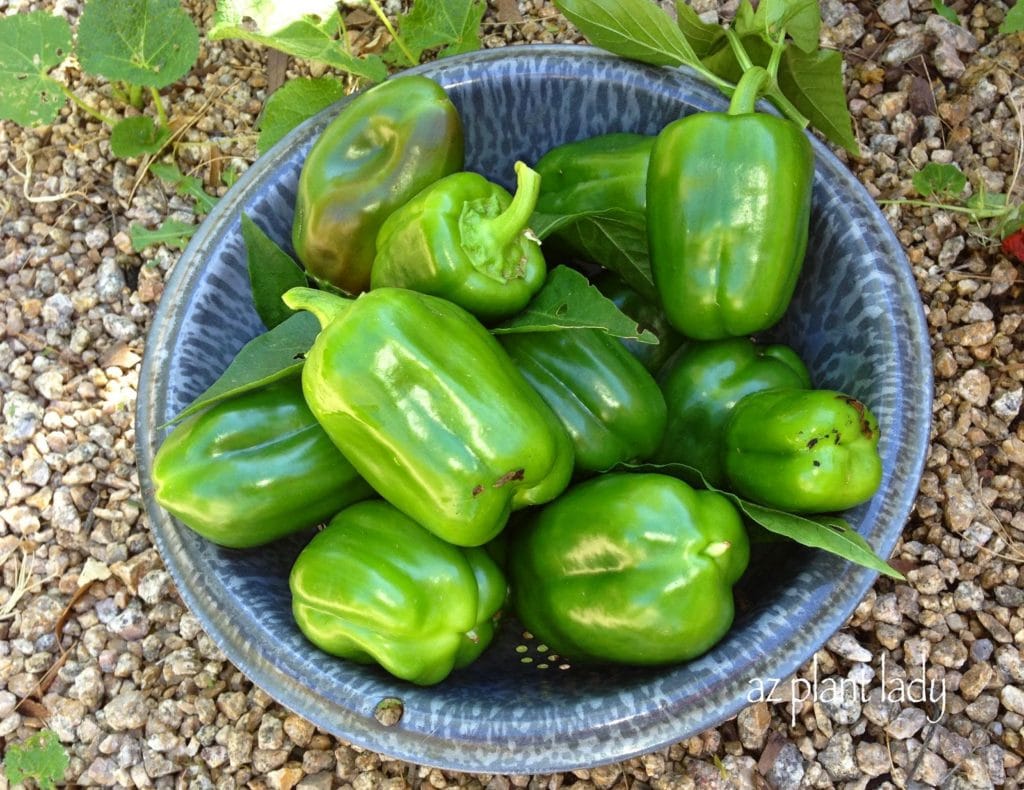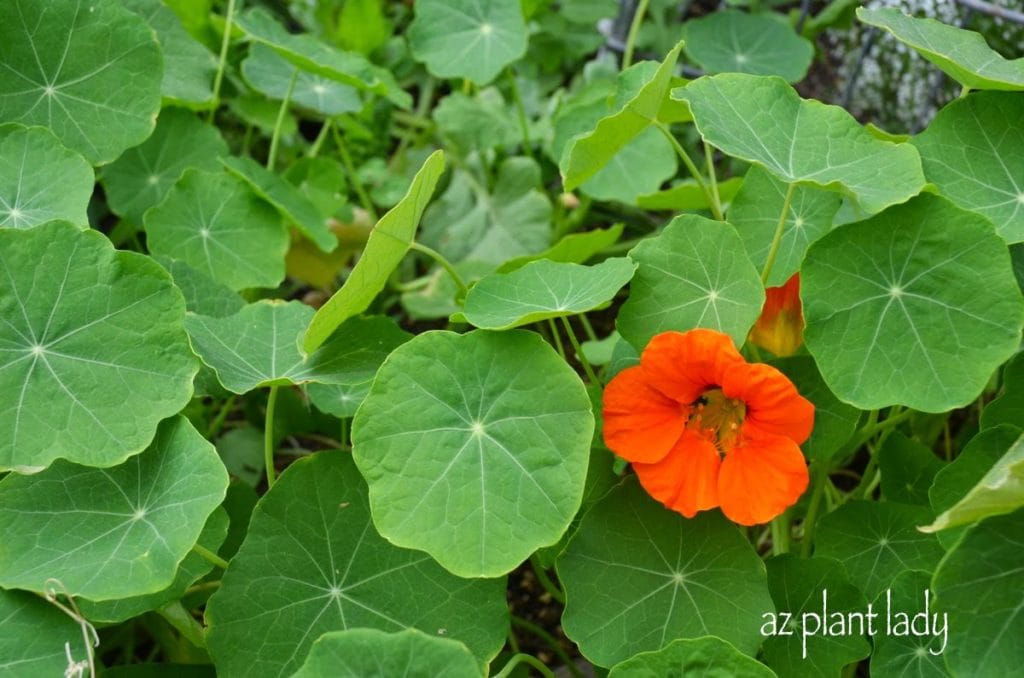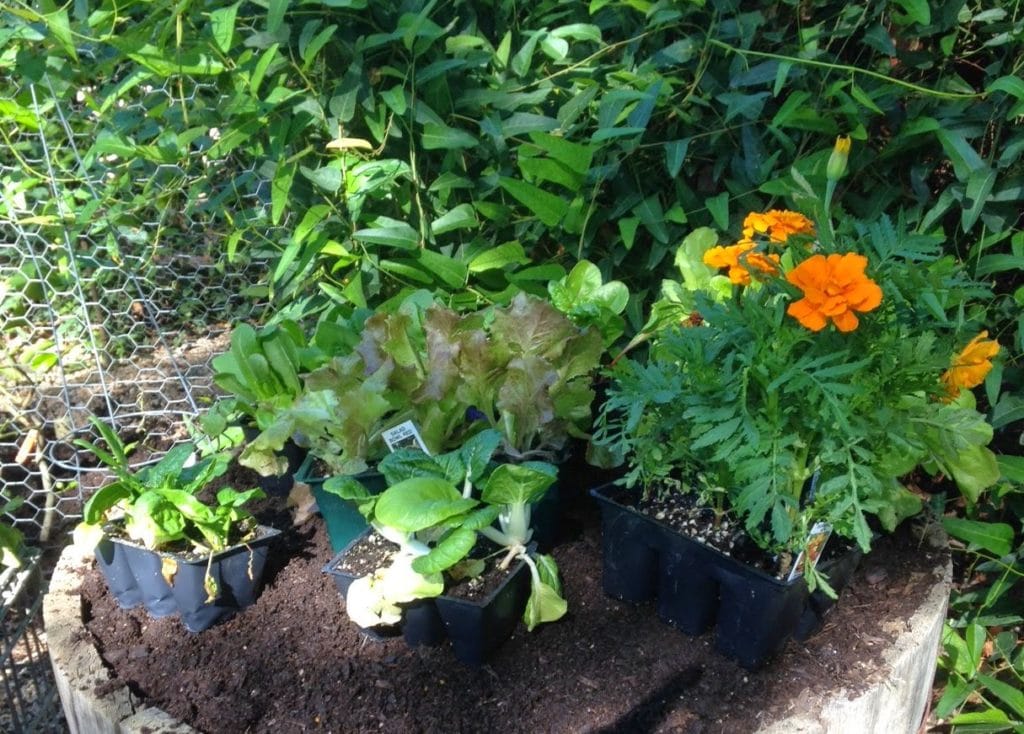Whenever I am not writing, you’ll often find me out in the field helping others learn how to grow and maintain their landscapes.
Usually most landscape consultations are fairly routine. However, I sometimes see something truly unique.
Earlier this week, I saw something that is probably the most unexpected thing that I’ve ever encountered.
Here is how it unfolded…
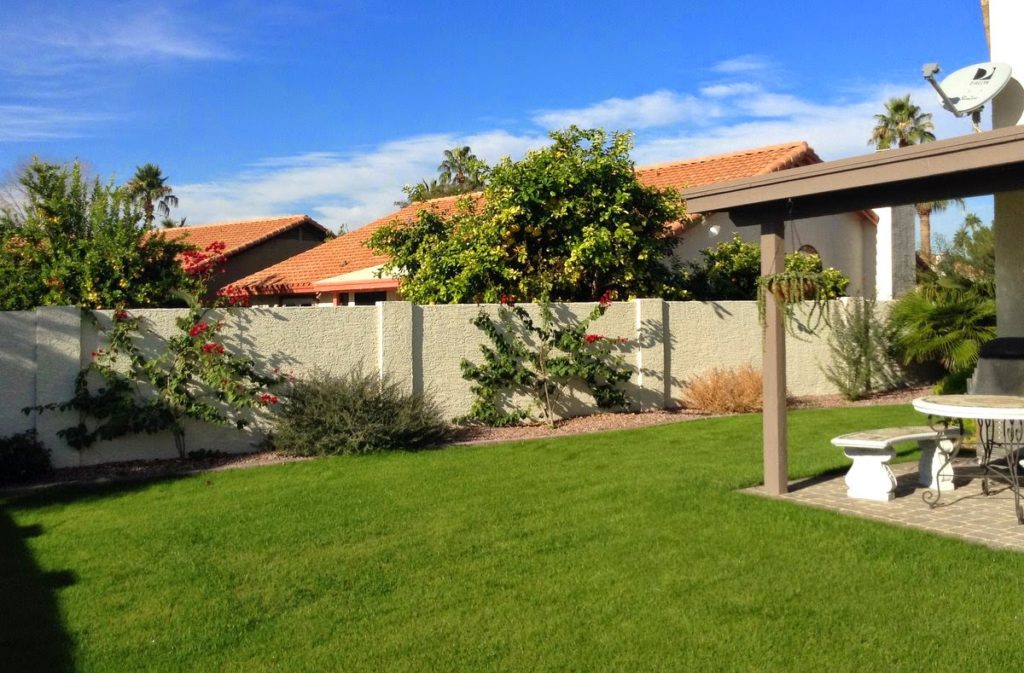
I met with a very nice couple who had a new landscape installed a year ago. While they were very happy with the design, they wanted to learn how to care for their plants and needed help with some problems with dead plant(s) and some failing to thrive.
Other than a dead Valentine bush, some iron chlorosis, over fertilizing and a few plants growing in the wrong exposure – it was all fairly routine until I saw an unusual shrub off in the distance.
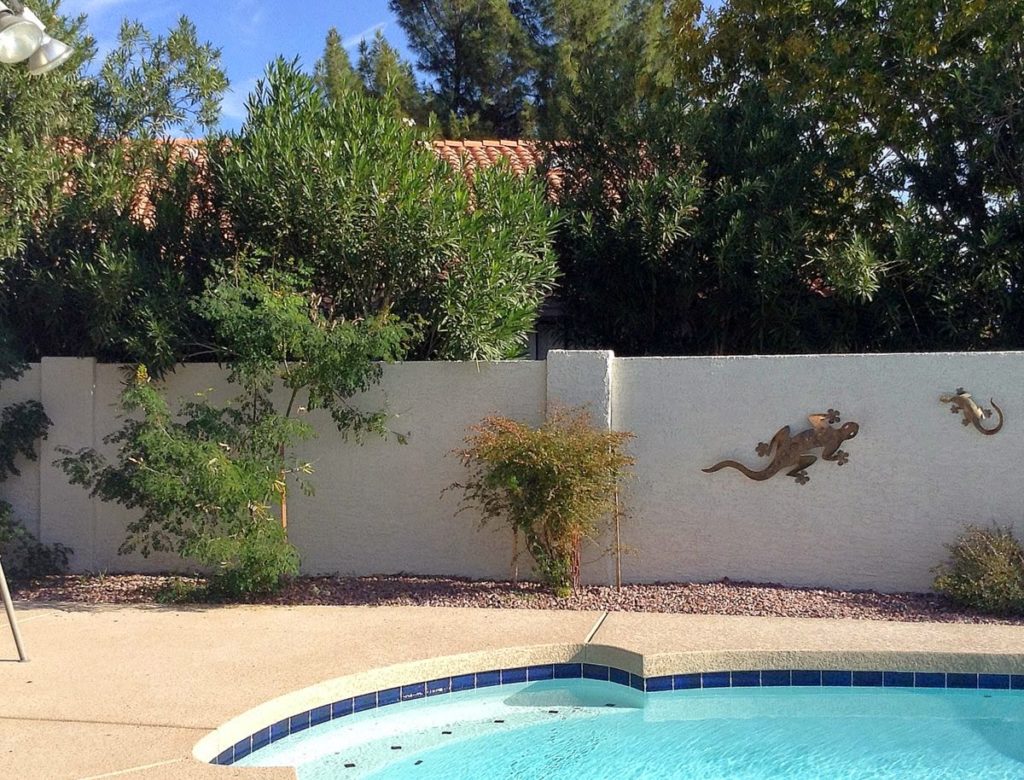
I must confess that I had no idea what the shrub was from this distance. Now every once in a while, I am faced with a plant that I am not familiar with, but I was hopeful that as we got nearer, I would be able to figure it out.
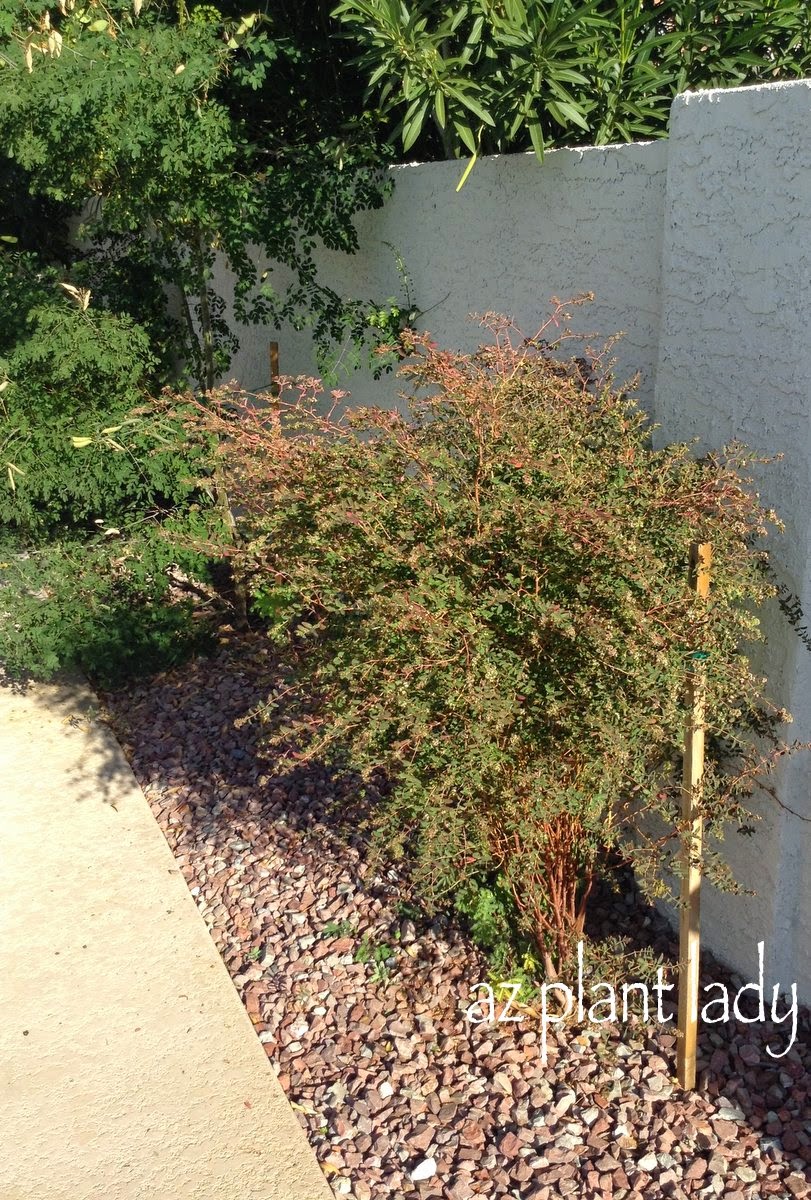
As we got closer to the shrub, I still didn’t know what it was. I’m starting to feel a bit uncomfortable because I have no idea what this shrub is.
It did have dark, dusty green foliage that started to turn red with cooler winter temperatures.
The homeowner had carefully staked it upright and it had an attractive vase shape growth habit.
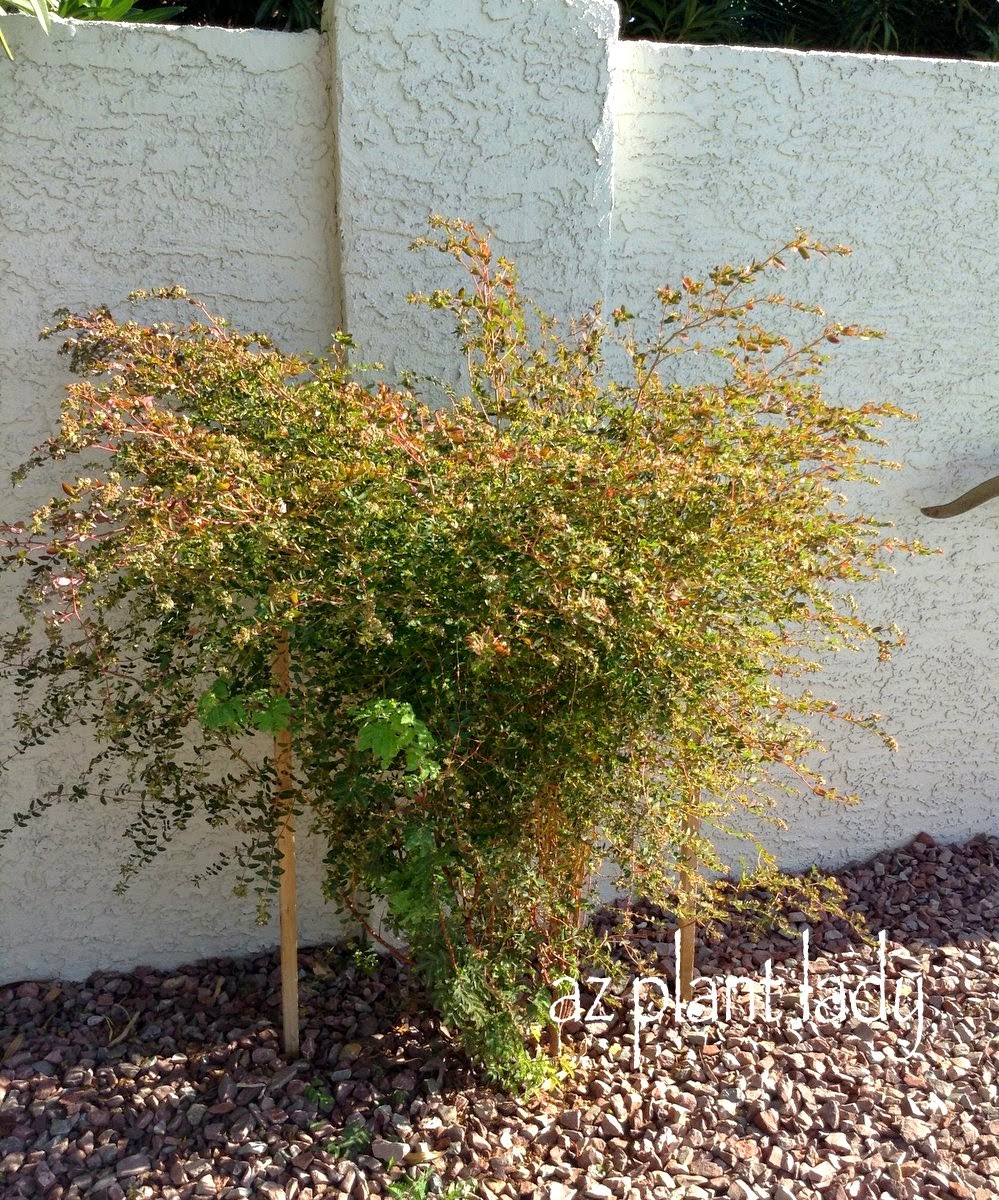
At this point, the homeowner complained about a mesquite tree volunteer that was coming up at the base.
I took a closer look and discovered that the so called ‘mesquite tree’ was actually a Baja fairy duster – that was a MAJOR clue about the identity of this unusual shrub.
At this point, I looked closer at the leaves of the shrub, which did look rather familiar – just not on a shrub…
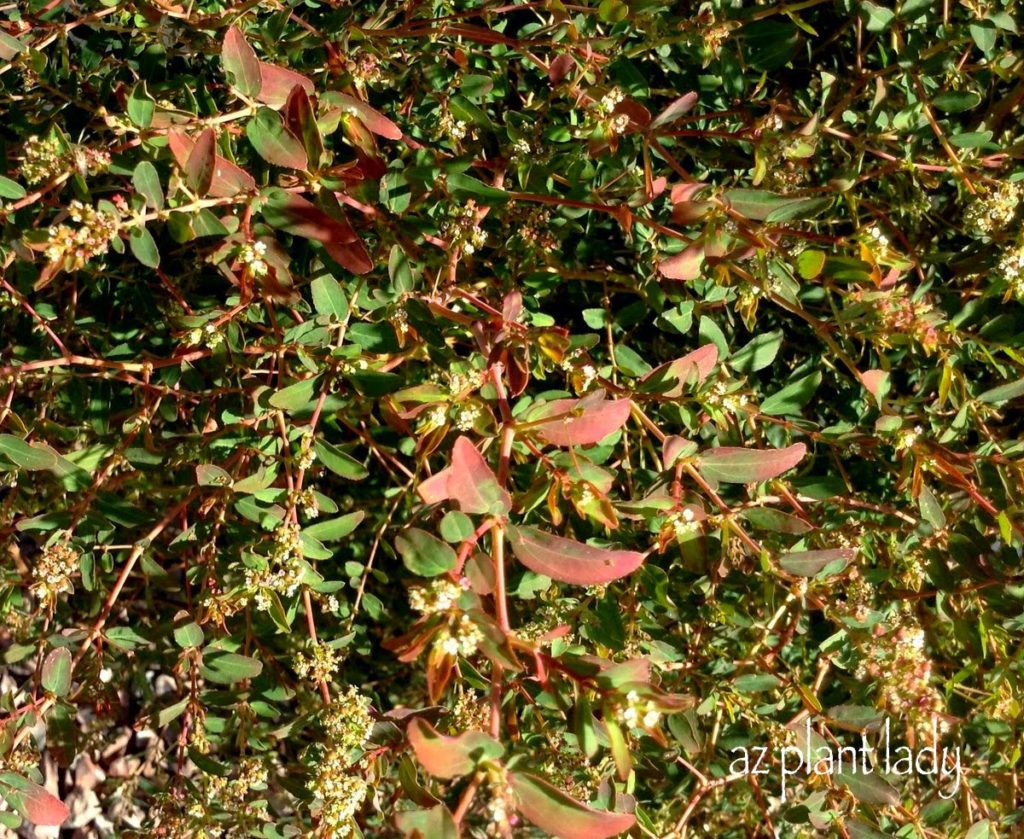
Does it look familiar to you?
At this point, I knew what it was, but I couldn’t get my head around what this unusual shrub actually was.
Can you tell what it is yet?
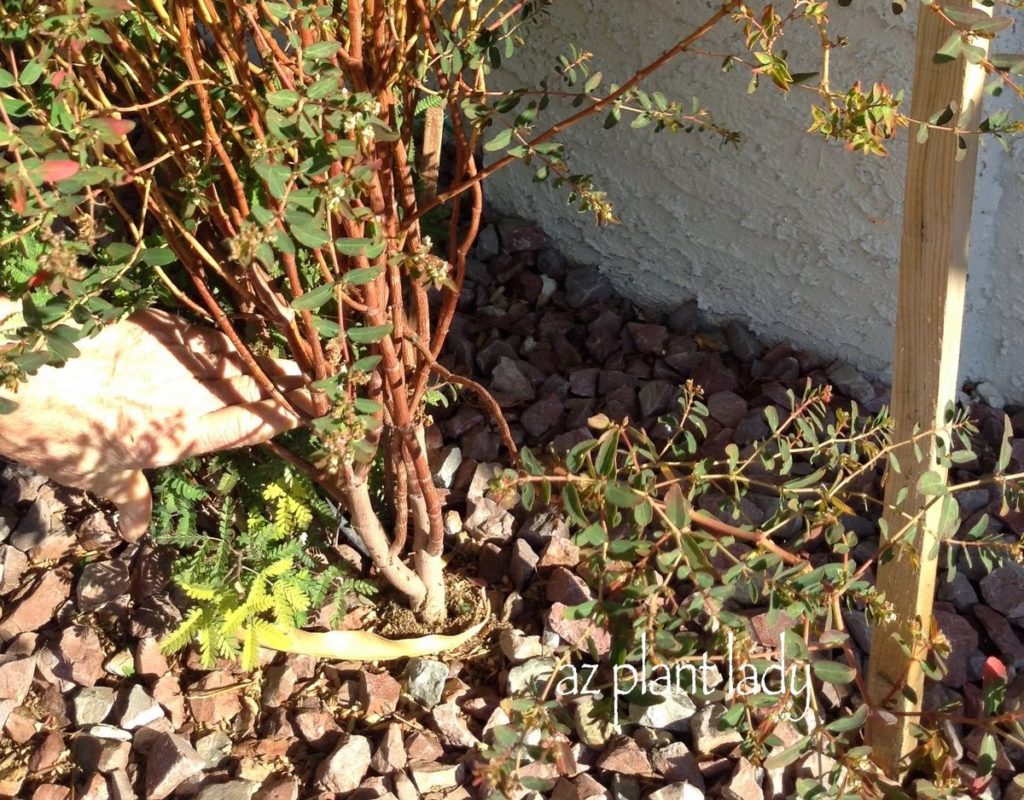
The base was quite large and I could see the Baja Fairy Duster, to the left, trying to grow.
I told the homeowners that what they thought was a mesquite tree volunteer (basically a weed), was in fact the plant that was supposed to grow there.
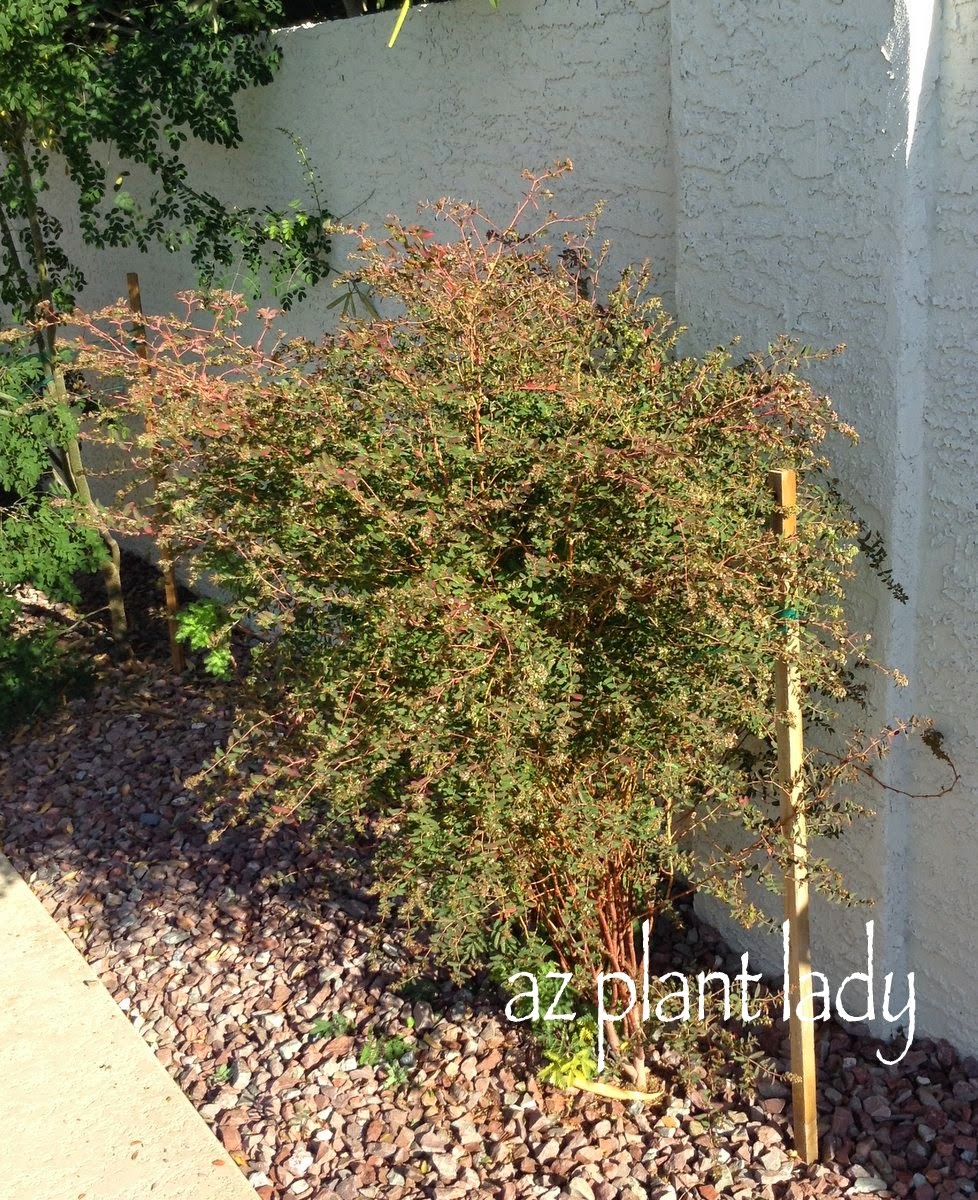
So what was the ‘unusual shrub’ then?
Belive it or not, the shrub that the homeowners had carefully staked and fertilized over the past year was actually a WEED!
So what kind of weed was it?
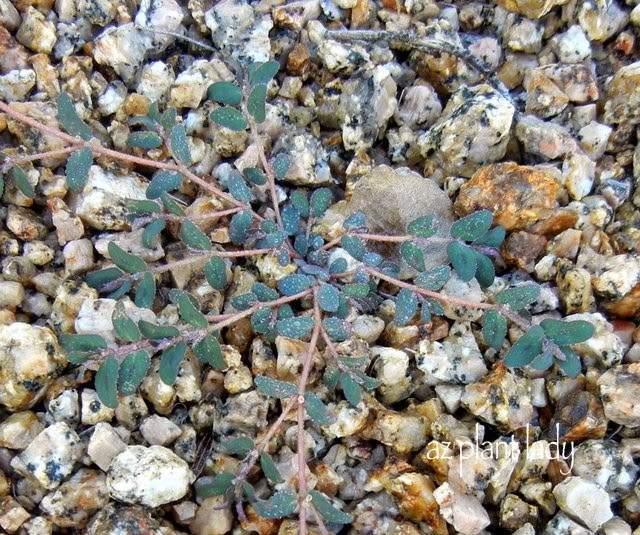
That large shrub that was 4+ ft. high and 2 ft. wide was really a spotted spurge weed!
Can you believe it?
Spotted spurge is the bane of many gardeners and is a low-growing weed that spreads. I hate this little weed. I’ve spent hours battling this weed during my time as a horticulturist for golf courses and now in my own garden.
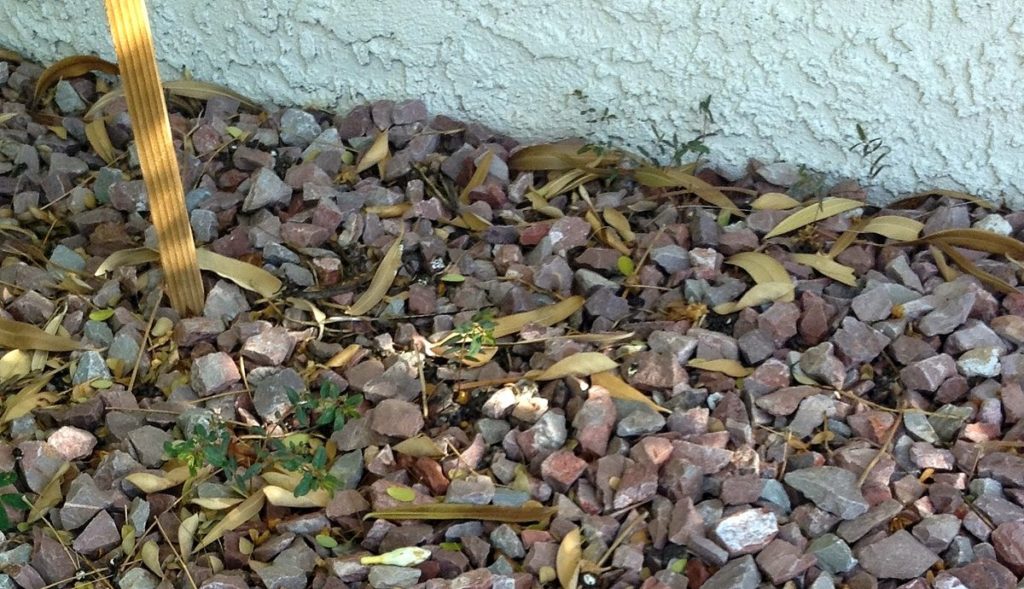
So how did the homeowners mistake this weed for a shrub? Well, I suspect that the nursery container, with their actual shrub, had spurge already growing in it (not uncommon).
The new shrub was quite small when first planted and the spurge, like most weeds, grew quickly – much more quickly than the shrub itself.
The poor little Baja fairy duster had little chance of growing afterward since weeds are famous for being vigorous growers and out compete other plants for water and nutrients.
So what did the homeowners think, you may wonder?
Well, they were shocked, but then got a good laugh out of it. The wife was having a lot of fun teasing her husband about his ‘unusual shrub’.
Have you ever seen an unusual plant that turned out to be a weed? This one is definitely one for the books in my career.
**If you have problems with spurge, you can treat them with homemade weed killer that uses natural ingredients – vinegar and soap – that’s it.


